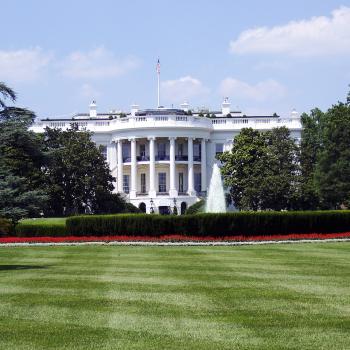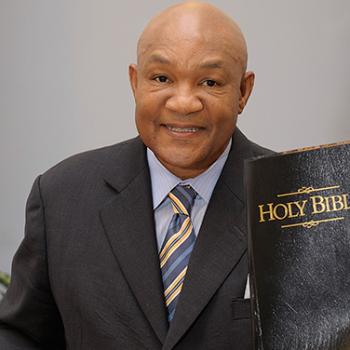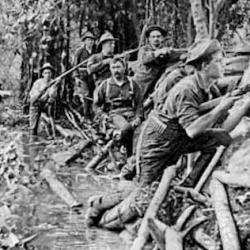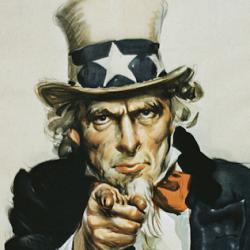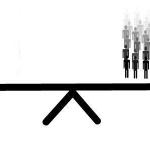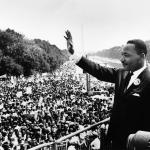Jehovah’s Witnesses refuse to salute the American flag. In the case of Minersville School District v. Gibitis (1940), the Supreme Court rejected the Witness argument that being forced to salute the flag was comparable to the Nazi demand that Germans acknowledge Hitler. Felix Frankfurther dismissed the analogy: “It mocks reason and denies our whole history to find in the allowance of a requirement to salute our flag on fitting occasions the seeds of sanction for obeisance to a leader” (quoted in Richard Ellis, To the Flag, 104). The Court determined that children of Jehovah’s Witnesses could be compelled to salute the flag.
To prove that this wasn’t a step toward fascism, Americans started acting like Fascists.
Richard Ellis writes, “Across the nation, Witnesses were subjected to brutal attacks by vigilante mobs, often with the assistance of local law enforcement officers. Wild rumors spread that Witnesses were Nazi agents, a particularly perverse accusation in view of the systematic persecution and murder of Witnesses being carried out by the Nasic regime” (106).
In Richmond, West Virginia, Witnesses were rounded up, marched through the streets, and exhorted to pledge allegiance to the flag. Those who resisted were forced to drink castor oil. “When the Witnesses refused to join the flag salute, they were marched to the outskirts of town in military drill and instructed to get out of town.” Their cars were painted with swastikas and mottoes like “Hitler’s spies” and “Fifth Column” (106).
Witnesses came to Litchfield, Illinois to evangelize in June 1940. The townspeople tried to force them to salute the flag, and when they didn’t the vigilantes slammed their heads against a car hood covered with a flag. One witness reported, “The chief of police sat in his car while all this was going on.” One citizen explained, “We almost beat one guy to death to make him kiss the flag” (106). Across the country, Witnesses were expelled from public schools (108). Ellis writes, “The Court’s decision seemed to legitimize the patriotic vigilantes who now took the law into their own hands” (108).
The violence elicited a vigorous response from newspapers, law enforcement, and the federal government. By 1942, the Court had reversed itself and declared that Gibitis was “wrongly decided” and inconsistent with the first amendment (109).


